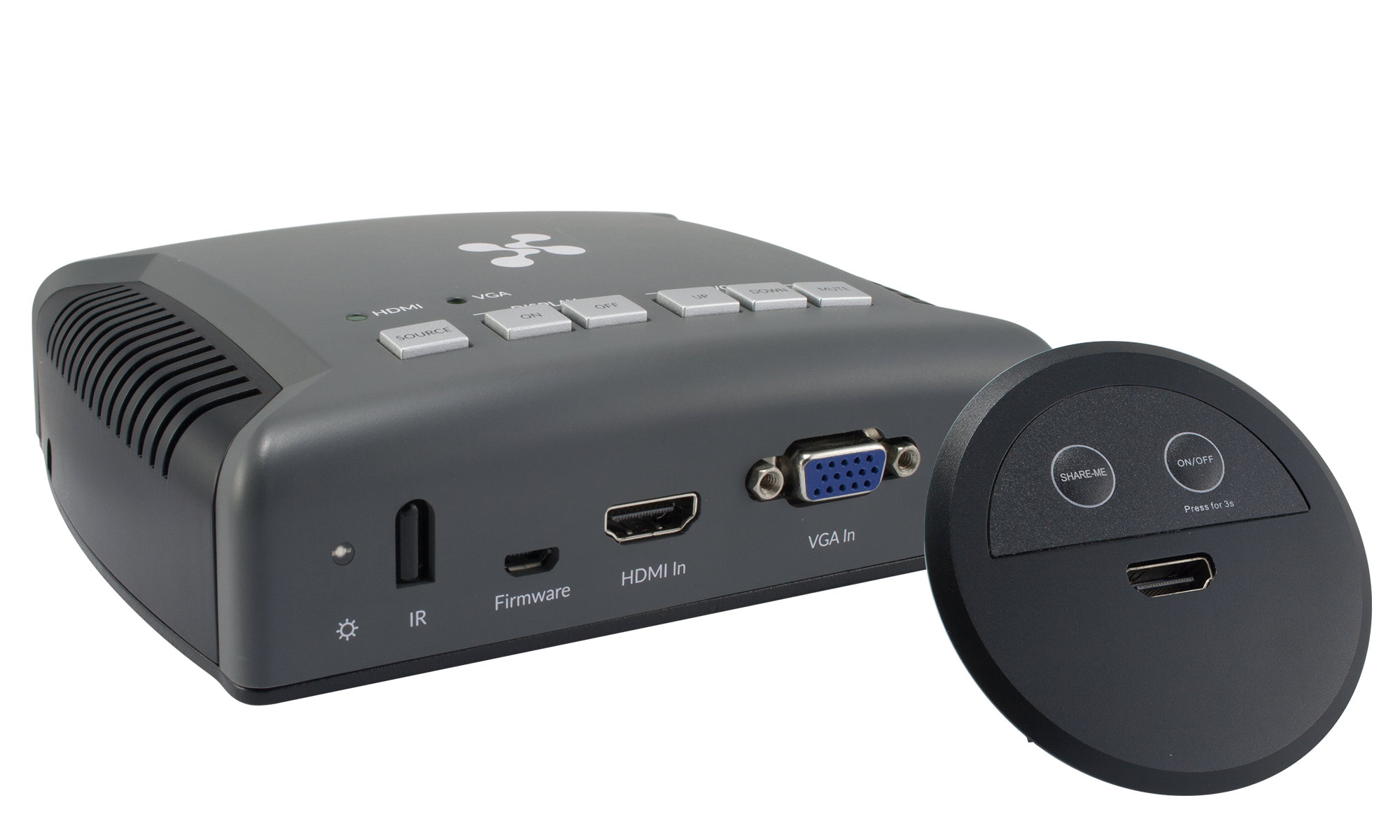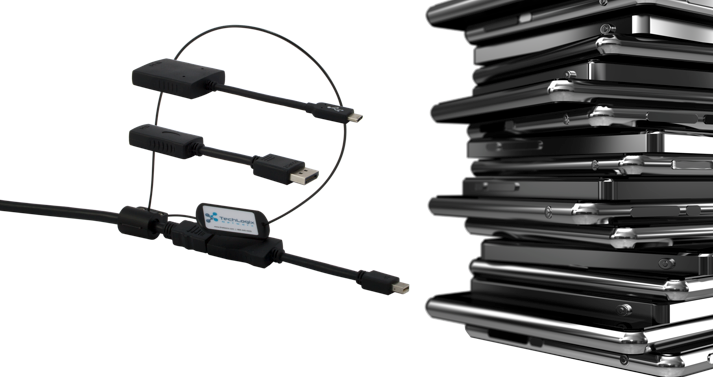What is Media over Fiber Optics (MOFO)?

Media over Fiber Optics, or MOFO, is the combination of fiber optic cabling, signal distribution electronics and accessories to create a fully functioning fiber-based audio-visual distribution system.
A MOFO platform can include products from a single manufacturer or multiple manufacturers; MOFO is the culmination of products integrating as a complete system and operating seamlessly together.
MOFO systems are growing in popularity due to the inherent benefits of glass-based technology:
- Media over fiber systems are immune to power surges, electromagnetic interference and radio frequency interference.
- Bulk fiber cabling has become as easy or easier to work with than traditional copper (twisted pair) cabling thanks to its compact size, higher pull strength rating and termination time.
- Fiber cabling has a longer mean time before failure (MTBF) when installed properly because it won't corrode over time.
- Media over fiber systems support longer signal distribution distances (over 30km/18.75 miles) than traditional copper (twisted pair) cabling.
- Media over fiber systems support higher signal bandwidths and data rates than traditional copper (twisted pair) cabling.
- Media over fiber systems have seen a steep drop in price due to the maturing of the technology and increasing production volumes.
- Media over fiber systems are not susceptible to signal cross-talk or transmission bleed, and therefore provide the inherently secure transmission of signals.
Of course, MOFO technology is not a "one size fits all" and the various benefits speak to different applications. For example:
- Residential installations benefit from the high bandwidth and data rate capacities, allowing HDMI 2.0 and HDCP 2.2 (and beyond) signals to transmit without loss or compression;
- Government, medical and military installations benefit from the secure signal transmission;
- Commercial installations benefit from the extended transmission distances; and,
- Virtually every installation benefits from the long life, reliability and durability of fiber-based technology, as well as the ease of deployment.
As with traditional copper-based deployments, MOFO technology comes in a variety of form factors and options. Common system components include:
- Bulk cable with connectors and termination hardware;
- Premade, patch and interconnect cables; and,
- Signal distribution electronics, including extenders, converters and matrix equipment.
In specific regard to cabling, available options are very similar to traditional copper solutions, thereby addressing the needs of integrators for a variety of different environments and applications. Direct burial fiber, armored fiber, tactical fiber, and plenum fiber are all commonly deployed, as well as fiber bundled with copper-based cable to address power distribution, control and other low voltage needs.
Signal distribution electronics do address the needs of audio, video and control, and an advantage of fiber is its ability (thanks to its large bandwidth and data rate capabilities) to handle many signals simultaneously. For example, a duplex fiber (two strands) will easily transmit multichannel audio, hi-definition video, bi-directional control and network data simultaneously.




Comments